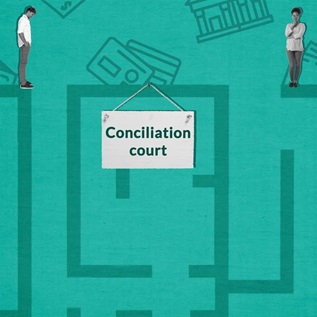Online Lending and the Integrity of the Banking System
Behind the heated rhetoric over “Operation Choke Point”
Americans have lost millions of dollars to unscrupulous merchants and fraudsters who have abused the electronic payments system to gain access to consumers’ accounts. In response, the U.S. Department of Justice and several other federal and state agencies have taken action to prevent mass market fraud against consumers. This article summarizes the unique problems associated with online payday lending and highlights risk factors that banks and their regulators should monitor for any online lender.
Overview
Operation Choke Point” began in 2012 as an initiative of the U.S. Department of Justice, to “attack Internet, telemarketing, mail, and other mass market fraud against consumers,” in furtherance of “the goals of the Consumer Protection Working Group of the Financial Fraud Enforcement Task Force [FFETF], which has prioritized addressing third-party payment processor involvement in consumer fraud by choking fraudsters’ access to the banking system.”2 The Department of Justice has announced three cases under the initiative so far, each involving allegations of illegal activity and misuse of the electronic payments system.
Critics have denounced “Operation Choke Point” as an abuse of government power, calling it “an organized attempt by the administration, the FDIC and the Department of Justice to bully and intimidate financial institutions so they won’t offer financial services to certain licensed, legally operating industries the government doesn’t like in an attempt to choke off those industries from our country’s banking system.”3 Others have dismissed such claims as pandering to industry interests or even “whitewashing fraud.” 4
Still, the idea of preventing and punishing fraud is not controversial, as even advocates for some of the affected industries have acknowledged. 5 Behind the heated rhetoric about “Operation Choke Point” lies a simple truth: American consumers have lost millions of dollars to unscrupulous merchants and fraudsters who have abused the electronic payments system to gain access to their accounts.
Online lenders—specifically, the majority group of online payday lenders that do not obtain licenses in each state where they lend—are strongly implicated in cases involving consumer fraud and abuse of the banking system. In addition to the “Operation Choke Point” cases, online lenders (or those exploiting information obtained from online lenders or lead generators) have been the target of numerous state and federal complaints. Research shows that fraud and abuse are widely associated with online lending—and borrowers say they have experienced a variety of associated problems, including unauthorized withdrawals (32% of all online payday borrowers), threats (30%), and being contacted about debts they did not owe (32%).
This article summarizes the unique problems associated with online payday lending and highlights two risk factors that banks and their regulators should monitor for any online lender: (1) if the lender lacks a license for each state in which it lends; and (2) if the lender experiences an unusually high rate of returned electronic debits. Additional problems, such as the easy availability of sensitive consumer data via the online loan lead generation system, suggest other ways that today’s banking system enables fraud and abuse.











